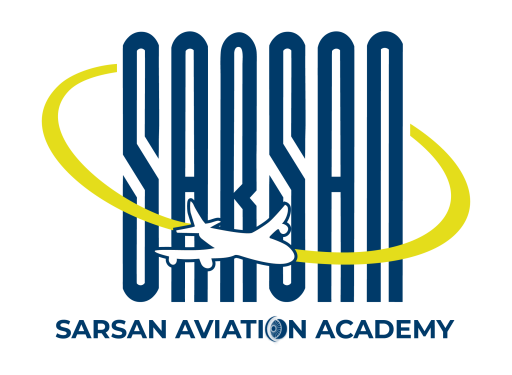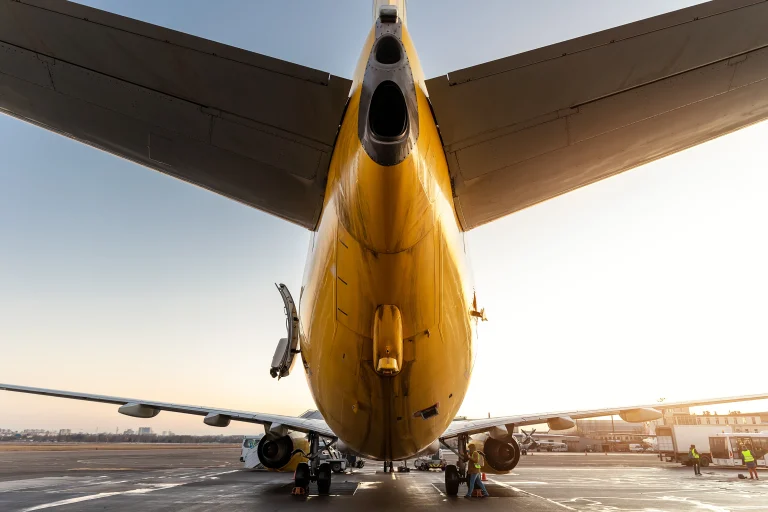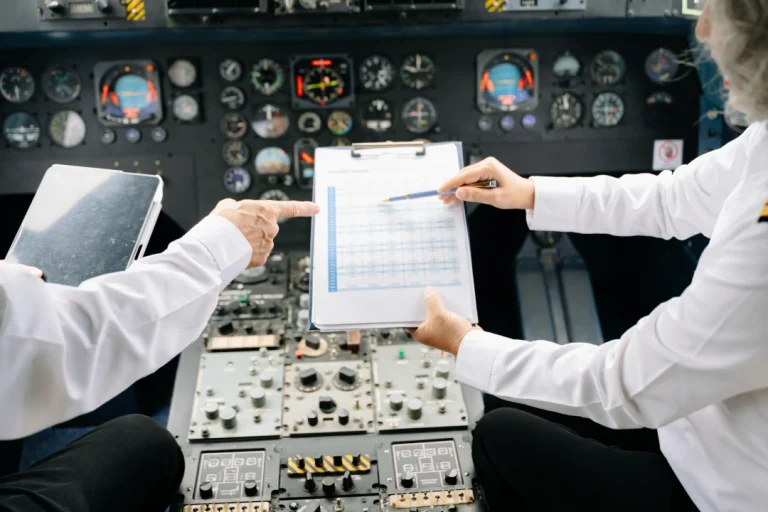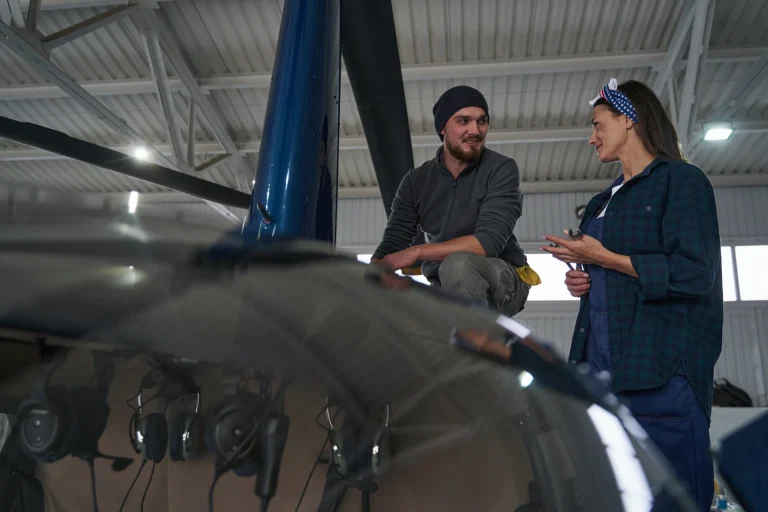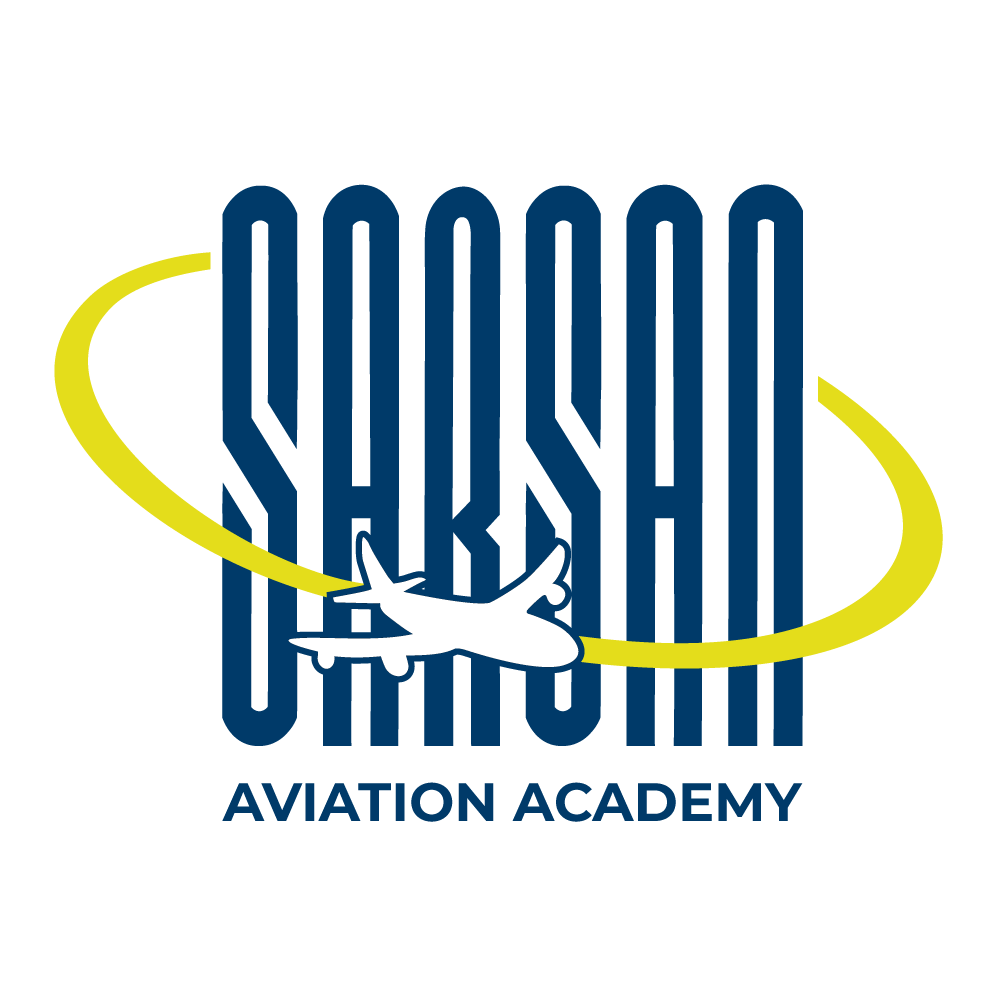Recent data suggests that as many as 80% of aviation accidents can be attributed to human factors. This critical statistic highlights the complex interaction between human performance and aviation safety.
Human error in aviation can arise from several root causes. Cognitive limitations, distraction, fatigue, and inadequate training are common culprits. Environmental conditions like poor weather, high workload scenarios, and even suboptimal flightdeck ergonomics can exacerbate the situation. Moreover, organizational factors such as communication breakdowns, insufficient resources, and flawed safety cultures also significantly contribute to errors.
Furthermore, psychological aspects such as confirmation bias, where individuals seek information that confirms their existing beliefs, can lead to misinterpretation of instrument readings. Stress and pressure to adhere to schedules can result in rushed decisions, and a lack of teamwork can impede the efficiency of safety checks.

By recognizing the depth and breadth of human factors in aviation, the industry can work towards significantly reducing the risk of accidents, ensuring safer skies for all.
The poll results serve as a reminder of the weighty responsibilities of aviation professionals and reinforce Sarsan’s dedication to fostering a safety-centric educational environment.
From my perspective as a professional responsible for the training and growth of future aviation technicians and engineers, embracing simulators and VR technology is not optional; it’s a cornerstone of our commitment to nurturing skilled, adaptable, and competent professionals.
